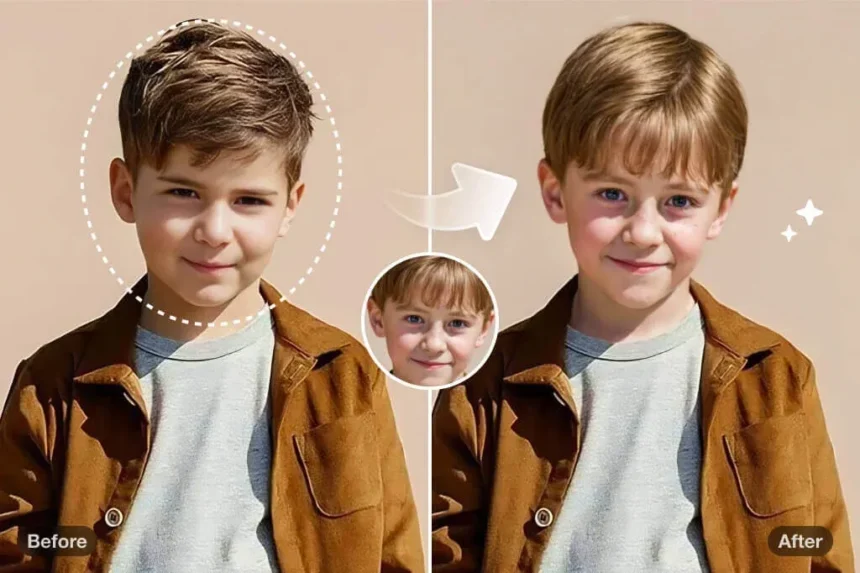In the age of rapidly advancing technology, visual media is undergoing a transformative shift. Tools that were once reserved for high-end film studios are now accessible to individuals with basic hardware and an internet connection. One of the most fascinating—and controversial—advancements is the development of face swap manipulation and body swap technology, especially in the context of head swapping. From entertainment to ethical debates, this technology is reshaping how we perceive identity, reality, and creativity in the digital world.
What is Face Video and Head Swapping?
Face video technology involves manipulating or generating video footage in which a person’s face is altered or replaced with another. This can be done in real-time or in post-production, using deep learning models and computer vision techniques. When paired with body swap capabilities, it becomes possible to not only change someone’s face but to place it on an entirely different body—creating what is often called a head swap.
Head swapping is a subcategory of body swap where the face—and sometimes the entire head—is replaced or superimposed onto a different body. This can be done for comedic purposes, virtual reality avatars, films, gaming, or more controversial applications like misinformation or non-consensual content.
How Does the Technology Work?
At the core of face video and body swap technologies are deepfake algorithms, primarily powered by Generative Adversarial Networks (GANs). These networks are trained on massive datasets of facial expressions, angles, and lighting conditions, allowing AI to convincingly replace a person’s face on a video while maintaining realistic movements and expressions.
The head swap process typically involves:
- Face Detection & Mapping: Software detects key facial landmarks—eyes, nose, mouth, jawline.
- Image Alignment: The face is aligned to match the target body’s pose and angle.
- Blending & Rendering: The AI blends the swapped face onto the target video, adjusting lighting, skin tone, and texture for realism.
- Motion Transfer: Facial expressions and movements from the source are transferred to the target, allowing for synchronized speech and emotion.
Some tools even allow real-time face swaps via a webcam, making live head swaps in video calls or streams possible.
Applications in Entertainment and Media
The entertainment industry is increasingly adopting head swapping and face video tools for various purposes:
- Film & TV: Actors can be digitally aged, de-aged, or even resurrected posthumously (as seen with Paul Walker in Fast & Furious or Carrie Fisher in Star Wars).
- Gaming & VR: Gamers can insert their own faces onto avatars or swap heads in multiplayer settings for humorous or identity-based customization.
- Social Media: Apps like Reface and ZAO allow users to swap their faces with celebrities or movie characters in seconds.
In all these areas, the novelty of head swapping lies in its ability to merge identities, allowing anyone to become someone else—even if just temporarily.
Ethical Concerns and Misinformation
However, the rise of face video and body swap technology brings serious ethical challenges:
- Deepfake Abuse: Non-consensual head swaps—especially in adult content—are a growing issue. Victims’ faces are placed on someone else’s body, creating videos that are difficult to distinguish from real footage.
- Political Misinformation: Head-swapped videos of politicians or public figures can be used to spread false information or manipulate public opinion.
- Loss of Trust in Media: As these tools become more advanced, distinguishing between real and fake video becomes harder, contributing to a post-truth era where visual evidence can be questioned or falsified.
In response, researchers are developing deepfake detection tools, and governments are introducing legislation to regulate synthetic media. But the cat is out of the bag: the technology is here and evolving fast.
The Future of Head Swapping
The next phase in head swapping will likely involve:
- Greater Realism: Advances in AI will make it nearly impossible to tell a real video from a generated one.
- Ethical AI: More platforms may implement watermarks or cryptographic signatures to identify authentic videos.
- Personal Avatars: As the metaverse and virtual spaces grow, people will increasingly use head-swapped avatars for work, play, and identity expression.
Conclusion
Face video and body swap head technologies, especially head swapping, are a double-edged sword. On one side, they offer creative freedom, entertainment, and innovation. On the other, they pose serious ethical and societal risks. As these tools become more accessible and realistic, it becomes crucial for users, developers, and regulators to work together to ensure that such powerful technologies are used responsibly. In this new era of digital identity, the line between real and artificial is not just blurred—it’s being redrawn.








